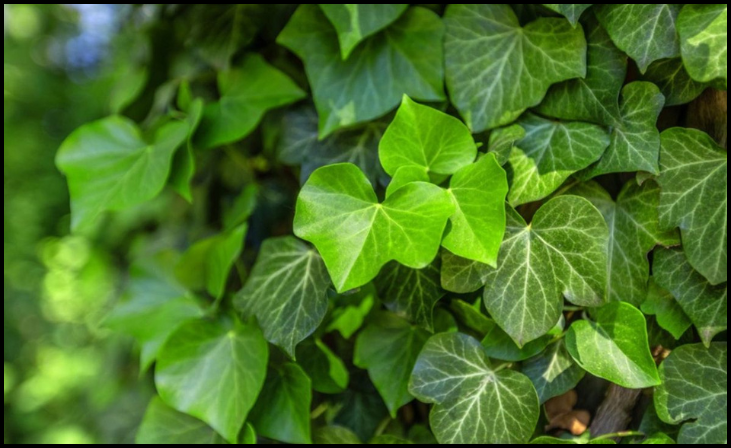Sansevieria (Snake Plant)
- Overview: Sansevieria, also known as the snake plant, is a hardy succulent that requires minimal care. It’s known for its air-purifying properties, making it an excellent choice for improving indoor air quality.
- Care Tips: Place the snake plant in indirect sunlight and water sparingly, allowing the soil to dry out between waterings. It can tolerate low light conditions and occasional neglect.
Common Ivy

- Overview: Common ivy is not only aesthetically pleasing but also helps reduce airborne toxins, making it a great addition to any home.
- Care Tips: Provide the common ivy with bright, indirect light and keep the soil evenly moist. Regularly mist the leaves to increase humidity, especially during dry winter months.
Epiphyllum
- Overview: Epiphyllum, also known as orchid cactus, is a low-maintenance plant with high transpiration rates, making it ideal for improving indoor humidity levels.
- Care Tips: Place the epiphyllum in a bright location with indirect sunlight and water it thoroughly when the soil feels dry to the touch. Avoid overwatering, as it can lead to root rot.
Aloe Vera

- Overview: Aloe vera is not only known for its soothing properties but also for its ability to purify indoor air by removing toxins such as formaldehyde and benzene.
- Care Tips: Place the aloe vera plant in bright, indirect sunlight and water it deeply but infrequently. Allow the soil to dry out completely between waterings to prevent root rot.
Chrysanthemum
- Overview: Chrysanthemums, with their vibrant blooms, add a pop of color to any room. They’re also effective at purifying indoor air, making them both beautiful and functional.
- Care Tips: Place the chrysanthemum in a location with bright, indirect sunlight and water it regularly to keep the soil evenly moist. Remove spent blooms to encourage continuous flowering.
Weeping Fig

- Overview: The weeping fig, also known as Ficus benjamina, is a popular houseplant known for its air-purifying properties. It was identified by NASA as one of the best plants for removing toxins from indoor air.
- Care Tips: Place the weeping fig in bright, indirect light and water it regularly, allowing the soil to dry out slightly between waterings. Prune the plant regularly to maintain its shape and size.



